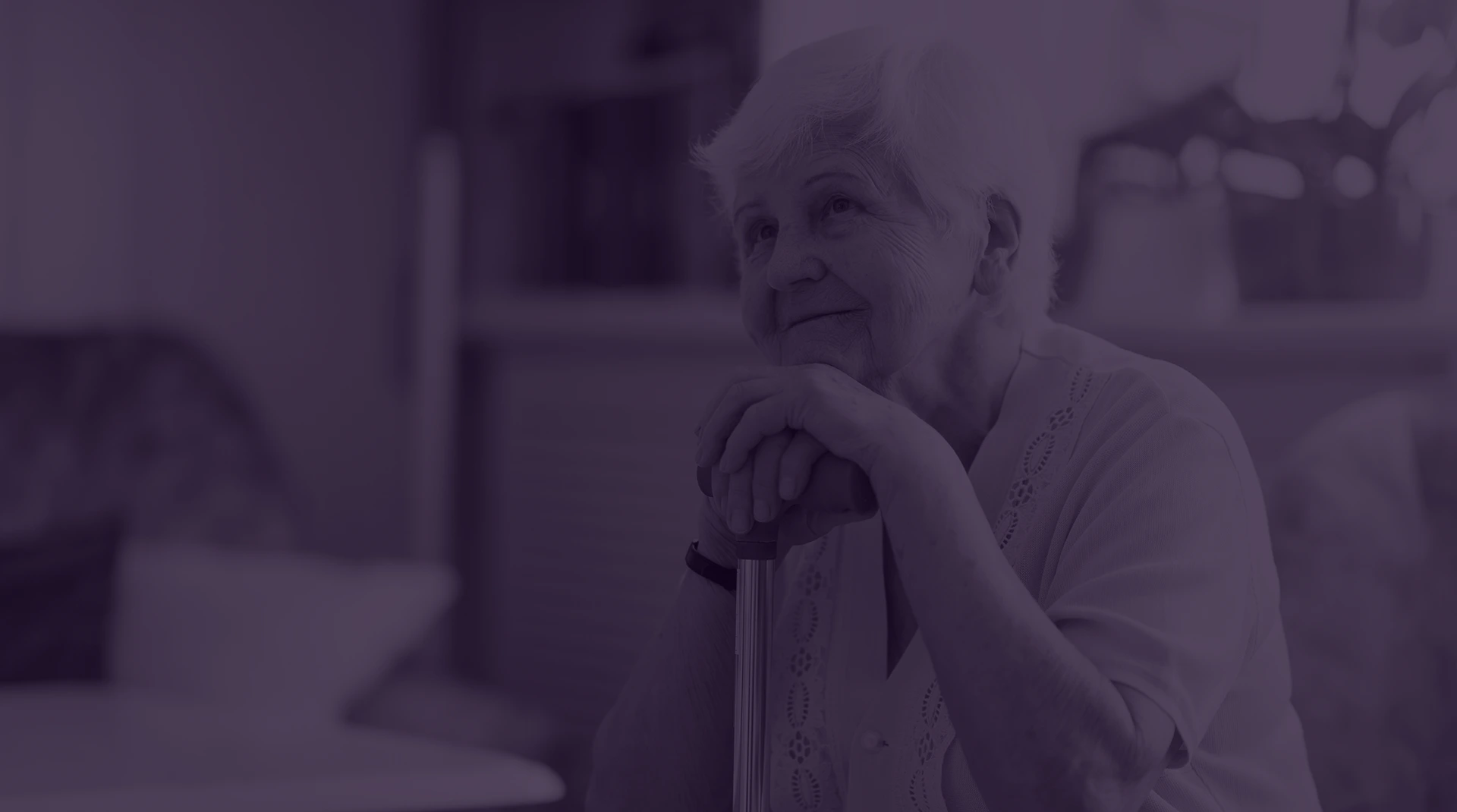Maintaining your vitality
The fundamentals of physical health for older adults
Maintaining physical health is a cornerstone of aging well, focusing on proactive and managed care to address the physiological changes that occur over time. This involves regular health assessments to monitor vital signs and detect potential issues early. Nutrition plays a critical role, with balanced diets designed to support bone density, muscle mass, and cardiovascular function. Physical activity, adapted to individual capabilities, is also essential for maintaining mobility, balance, and overall strength, contributing to a higher quality of life.
The management of chronic conditions such as arthritis, diabetes, or heart disease is a key component of senior healthcare. This process requires consistent communication between the individual and healthcare providers to adjust treatment plans and manage medications effectively. Fall prevention is another significant area, involving home safety evaluations, strength and balance exercises, and reviewing medications that may cause dizziness. The goal is to create a safe environment that minimizes health risks and supports continued independence.
Chronic condition management
Coordinated care plans
for ongoing health issues.
Preventive health measures
Screenings and lifestyle
adjustments to reduce risk.

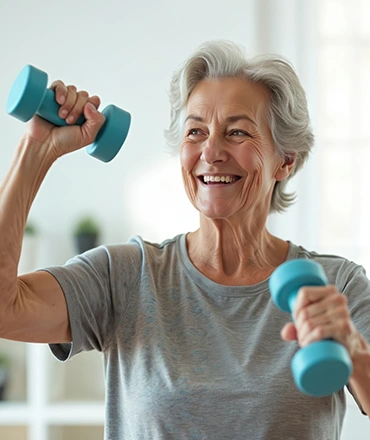

Event
Supporting mental acuity
Enhancing cognitive wellness
Brain health exercises
Activities such as puzzles, memory games, and learning new skills are utilized to stimulate neural pathways. These mental workouts help maintain cognitive functions like memory recall and problem-solving.
The role of social engagement
Consistent interaction through community groups, family visits, and social events helps reduce feelings of isolation. This engagement is linked to better cognitive resilience and emotional well-being.
Memory support techniques
Tools like calendars, reminder alarms, and structured routines are implemented to assist with daily tasks. These strategies provide external support for memory, reducing cognitive load and fostering confidence.
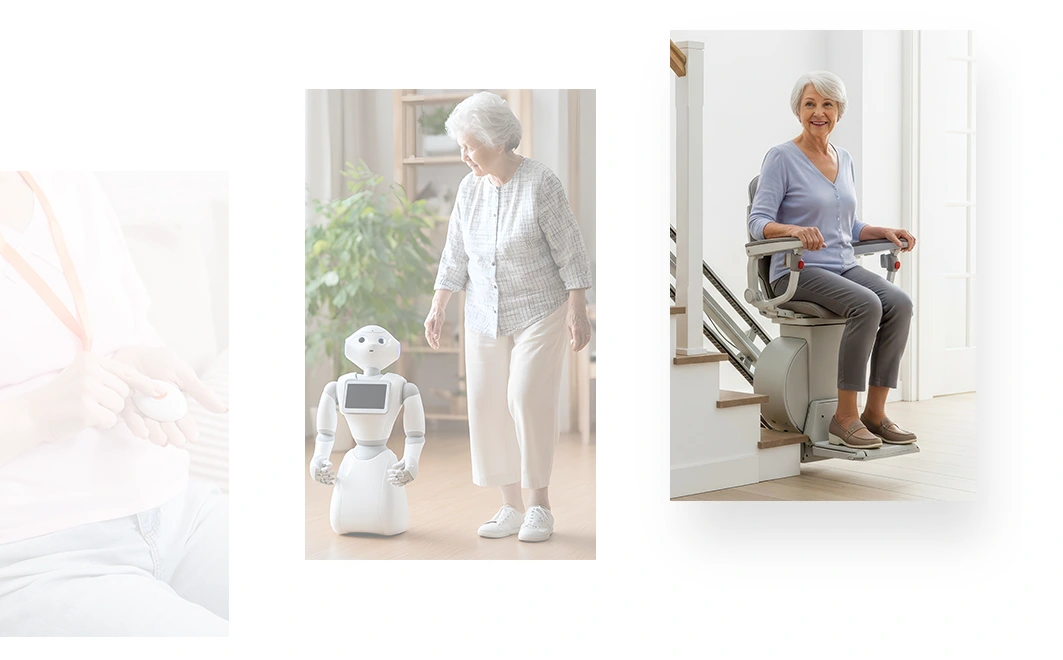
Aids for daily living
The integration of technology and aids for senior autonomy
Technological advancements and specialized equipment play a vital role in enabling seniors to live safely and comfortably in their own homes. These tools range from simple mechanical aids to complex electronic systems designed to assist with daily activities and monitor well-being. Assistive devices for mobility, such as walkers or stairlifts, help individuals navigate their environment, while smart home technology can automate tasks like lighting and temperature control. The primary objective is to enhance functional ability and provide peace of mind for both the user and their family.
Personal emergency response systems offer a direct line to assistance in case of a fall or other urgent situations. In parallel, home monitoring sensors can track daily activity patterns and send alerts if unusual changes are detected, suggesting a potential health issue. These technologies are not meant to replace human interaction but to supplement it, providing a layer of security that supports the goal of aging in place. Proper selection and implementation are based on an individual’s specific needs and living situation.

The importance of suitable senior insurance
Event
Moving around safely
Practical solutions to maintain mobility
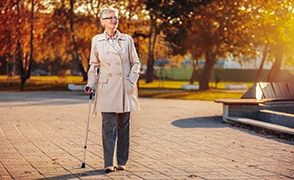
Walking stick
Provides additional support to improve balance and reduce fatigue when moving around.
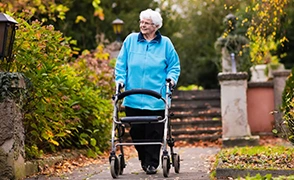
Walker
Provides increased stability, often equipped with brakes, a seat, and a basket for added comfort.
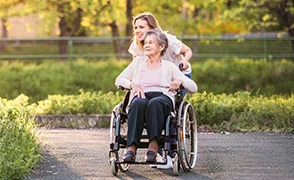
Wheelchair
Allows you to maintain mobility in the event of a loss of independence, both at home and outdoors.
Replacing the bathtub with a walk-in shower
Provides easy and safe access, ideal for maintaining independence and comfort.
Widening doorways and hallways
Allows easy passage for wheelchairs or walkers and improves circulation throughout the home.
